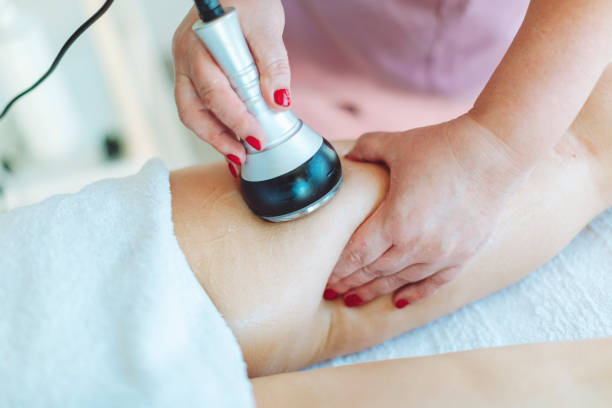Laser hair removal works by targeting the pigment (melanin) in the hair follicle, heating it up to damage the follicle and inhibit future hair growth. When laser treatment is performed on unshaved hair, several things can happen:
- Inefficient Treatment: The presence of hair above the skin’s surface can scatter or absorb the laser energy, making the treatment less effective. This could result in incomplete hair removal or the need for more sessions to achieve desired results.
- Increased Discomfort: Unshaved hair can absorb more of the laser energy, potentially leading to increased discomfort during the procedure. The heat generated by the laser can cause discomfort or even pain as it interacts with the hair shaft.
- Skin Damage: If the hair is long enough to protrude from the skin’s surface, it may absorb some of the laser energy and heat up, potentially causing burns or other damage to the surrounding skin. This risk is higher with darker or thicker hair.
- Reduced Precision: The presence of unshaved hair can make it more difficult for the laser technician to accurately target the hair follicles, potentially leading to uneven results or damage to adjacent skin.
For these reasons, it’s generally recommended to shave the treatment area prior to laser hair removal sessions to ensure optimal results and minimize discomfort and potential side effects.

What happens if you have stubble for laser hair removal?
- Reduced Efficacy: Stubble absorbs some of the laser energy, which may reduce the amount of energy reaching the hair follicle. This can make the treatment less effective in destroying the hair follicle, leading to incomplete hair removal or the need for additional sessions.
- Increased Discomfort: Stubble can amplify the sensation of heat generated by the laser, potentially causing more discomfort during the treatment.
- Skin Irritation: The heat generated by the laser can irritate the skin if it’s in close contact with stubble. This may result in redness, swelling, or even temporary skin discoloration.
- Risk of Burns: Stubble can trap heat close to the skin’s surface, increasing the risk of burns or other skin damage during laser treatment.
To ensure the best results and minimize potential side effects, it’s typically recommended to shave the treatment area a day or two before the laser hair removal session. This allows the hair to be present in the follicle while ensuring that the surface is smooth, reducing the risk of discomfort and skin irritation.
